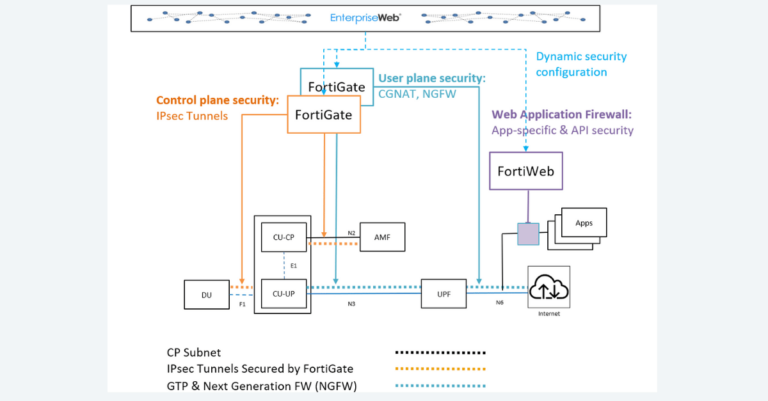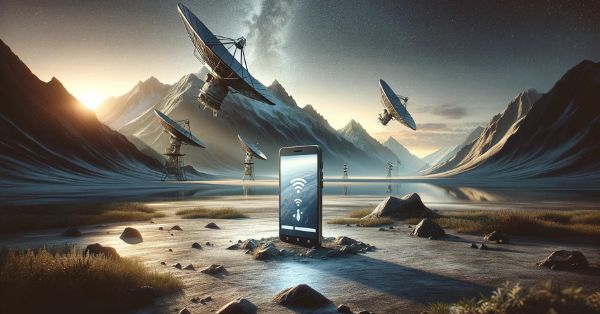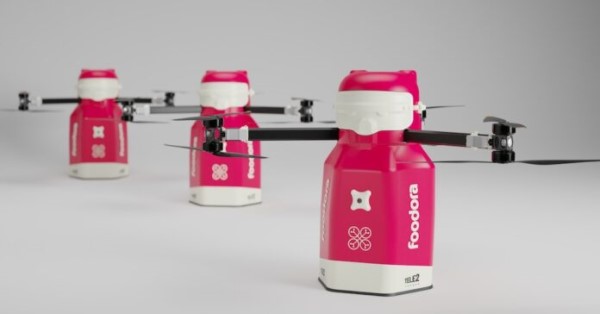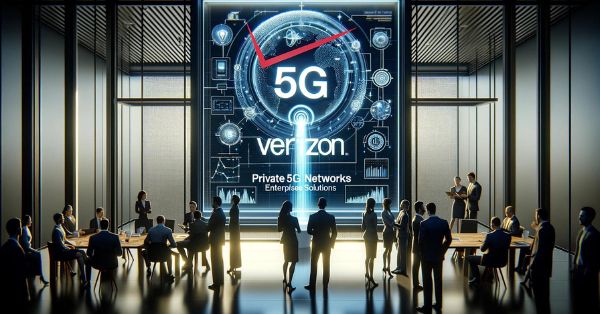As the digital age progresses, the industrial sector continues to evolve at an unprecedented pace. With the advent of Industry 4.0, we witnessed a revolution driven by automation, data exchange, and advanced manufacturing technologies. Now, as we stand on the brink of Industry 5.0, a new wave of transformation is emerging, emphasizing human-centric and sustainable approaches. In this blog post, we delve into the key highlights and differences between Industry 4.0 and Industry 5.0 solutions, and explore the expected outcomes for each as per industry trends.
Industry 4.0: The Rise of Smart Factories
Automation and Digitalization
Industry 4.0 is characterized by the seamless integration of advanced digital technologies into manufacturing processes. This revolution is powered by the Internet of Things (IoT), artificial intelligence (AI), edge computing, and big data analytics, which collectively enable machines to communicate and operate autonomously.
Smart Factories
At the heart of Industry 4.0 lies the concept of smart factories. These factories leverage interconnected systems and cyber-physical systems to create a virtual replica of the physical world. This allows for real-time monitoring, control, and optimization of manufacturing operations.
Cyber-Physical Systems
Cyber-physical systems are a cornerstone of Industry 4.0, enabling the creation of digital twins. These digital representations of physical assets facilitate predictive maintenance, reducing downtime and enhancing operational efficiency.
Predictive Maintenance
With the power of data analytics, Industry 4.0 enables predictive maintenance. By analyzing data from sensors and machines, potential equipment failures can be identified in advance, allowing for timely maintenance and minimizing disruptions.
Expected Outcomes of Industry 4.0
Increased Efficiency
The automation and real-time data analytics inherent in Industry 4.0 lead to streamlined production processes, reducing operational costs and increasing overall efficiency.
Enhanced Product Quality
Improved monitoring and control mechanisms result in higher product quality and consistency, meeting stringent industry standards.
Flexibility and Customization
Industry 4.0 enables manufacturers to quickly adapt to changing customer demands, offering personalized and customized products without compromising on efficiency.
Reduced Waste
Optimized resource usage and precise control minimize waste, contributing to sustainable manufacturing practices.
Industry 5.0: A Human-Centric Approach
Human-Centric Collaboration
While Industry 4.0 focuses on automation, Industry 5.0 brings humans back into the equation. It emphasizes the collaboration between humans and machines, leveraging human creativity and problem-solving skills alongside robotic precision.
Sustainability
Industry 5.0 places a strong emphasis on sustainability. It advocates for environmentally friendly manufacturing processes, promoting resource efficiency and reducing carbon footprints.
Advanced Technologies
Industry 5.0 integrates advanced technologies such as augmented reality (AR), virtual reality (VR), and collaborative robots (cobots). These technologies enhance human capabilities and create more interactive and intuitive working environments.
Circular Economy
A key tenet of Industry 5.0 is the circular economy, which focuses on recycling, reusing, and reducing waste. This approach ensures that resources are used efficiently and sustainably throughout the production lifecycle.
Expected Outcomes of Industry 5.0
Enhanced Human-Machine Collaboration
By fostering collaboration between humans and machines, Industry 5.0 encourages innovative solutions and boosts productivity. Workers are empowered to take on more creative and strategic roles.
Sustainable Practices
Industry 5.0’s commitment to sustainability leads to environmentally friendly manufacturing practices, reducing the industry’s overall environmental impact.
Empowered Workforce
With the integration of advanced technologies and human-centric approaches, workers gain new skills and competencies. This transformation makes their roles more meaningful and engaging.
Resilient Supply Chains
Industry 5.0 promotes flexible and resilient supply chains that can adapt to disruptions and changing market demands. This ensures a steady flow of goods and services even in challenging times.
Conclusion
Both Industry 4.0 and Industry 5.0 represent significant leaps forward in the industrial landscape. While Industry 4.0 revolutionized manufacturing with automation, private 5G for enterprises, and digitalization, Industry 5.0 takes a more holistic approach, emphasizing human-centric collaboration and sustainability. By understanding the key differences and expected outcomes of these industrial paradigms, businesses can better navigate the future and unlock the full potential of Industry 4.0 and Industry 5.0 solutions.
As we move forward, it is essential for industries to embrace these transformative technologies and approaches, such as private 5G for enterprises, edge computing, and enterprise connectivity, to stay competitive and thrive in an ever-evolving landscape. The future is bright, and the possibilities are limitless with Industry 4.0 and Industry 5.0.

















